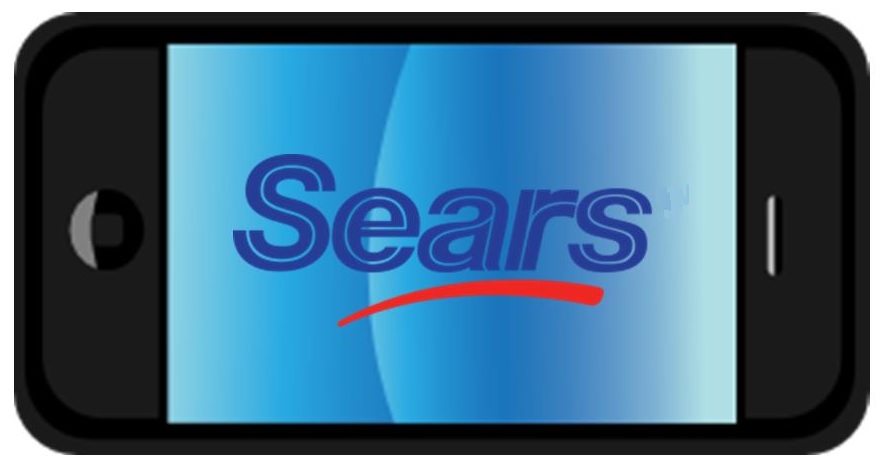The restaurant verification system in the country has now broadened its reach for helping consumers.
Following a successful pilot program in the Hiadian district in Beijing, China, the use of QR codes to help restaurant patrons to be able to check into the food safety information linked to an establishment.
The district has 7,533 restaurants that have already started to take part in the program.
Each of these restaurants has publicized their food safety information online and has now linked that data to unique QR codes that can be scanned by patrons with smartphones in order to be able to review the information and decide whether or not they would like to eat there. The barcodes need to be scanned using a special app that can be obtained for free.
To be able to scan the QR codes for the necessary information, a food safety app is required.
 In order to obtain the necessary app, customers merely need to text the letter “a” to the short code 10658081, or they can log on to an advertised website so that it can be downloaded directly from the site. Once they have the application downloaded and installed, they can quickly and easily scan any of the QR codes that are linked to this program.
In order to obtain the necessary app, customers merely need to text the letter “a” to the short code 10658081, or they can log on to an advertised website so that it can be downloaded directly from the site. Once they have the application downloaded and installed, they can quickly and easily scan any of the QR codes that are linked to this program.
The QR codes can be found in many different places among the restaurants that are participating in the program. For example, while they are typically posted on the actual business licenses, themselves, they are also often found on the menus distributed right to the tables. This allows the patrons to be able to check on the restaurant before they walk in the door, or before they make their orders.
Through the scanning of the QR codes, customers are able to look into the information regarding the types of food additives that have been used in the restaurant’s dishes (or if there are none), as well as whether or not a particular establishment has a history of breaching any food safety regulations. This is the type of information that customers have been hoping to obtain and that will now be readily available to them provided that they simply read a barcode through the use of their smartphones.
Following the latest smartphone friendly efforts by the retailer, it has made tremendous leaps forward.
Sears has announced that it is enjoying considerable rewards in mobile commerce after having made a number of improvements to its overall experience to help to make the user experience “faster, more personalized and require fewer steps to check out.”
This has allowed the company to see a notable rise in its conversion rates over this channel.
It is also a very important accomplishment for the retailer, as holiday shopping is coming up very soon and the importance of mobile commerce this season is expected to be more important than ever before, this year.
The retailer has experience considerable improvements in conversions, visits and even the average order value.
 According to one of the Sears online marketing chiefs, Imran Jooma, “We have seen improvements in visits, conversions, average order value and especially our Shop Your Way member engagements.” Jooma went on to explain that many of the improvements are being attributed to the various mobile commerce experiences that the company has been rolling out over the last few months.
According to one of the Sears online marketing chiefs, Imran Jooma, “We have seen improvements in visits, conversions, average order value and especially our Shop Your Way member engagements.” Jooma went on to explain that many of the improvements are being attributed to the various mobile commerce experiences that the company has been rolling out over the last few months.
Jooma stated that these mobile commerce experiences “provide a fast, cleaner and easier-to-navigate mobile shopping experience.” He also added that these include better m-web experiences as well as those through apps for the Sears and Kmart Shop Your way feature.
The Gilt flash sales website has also reported that it has experienced similar improvements in its mobile commerce conversions which have been driven by exclusive content, device specific examples, and a larger degree of personalization. In Gilt’s own efforts in preparation for the holiday shopping season, it has revealed that it intends to give a boost to the tempo of its sales made exclusively over smartphones and tablets, in order to build a greater degree of hype for shoppers using this channel.
The most recent industry data has revealed that almost three out of every four shoppers that owns a smartphone device intends to use mobile commerce as a part of their holiday shopping experience. Primarily, they mean to use the devices to help them to research the gifts that they are seeking to purchase.
 In order to obtain the necessary app, customers merely need to text the letter “a” to the short code 10658081, or they can log on to an advertised website so that it can be downloaded directly from the site. Once they have the application downloaded and installed, they can quickly and easily scan any of the QR codes that are linked to this program.
In order to obtain the necessary app, customers merely need to text the letter “a” to the short code 10658081, or they can log on to an advertised website so that it can be downloaded directly from the site. Once they have the application downloaded and installed, they can quickly and easily scan any of the QR codes that are linked to this program.
 According to one of the Sears online marketing chiefs, Imran Jooma, “We have seen improvements in visits, conversions, average order value and especially our Shop Your Way member engagements.” Jooma went on to explain that many of the improvements are being attributed to the various mobile commerce experiences that the company has been rolling out over the last few months.
According to one of the Sears online marketing chiefs, Imran Jooma, “We have seen improvements in visits, conversions, average order value and especially our Shop Your Way member engagements.” Jooma went on to explain that many of the improvements are being attributed to the various mobile commerce experiences that the company has been rolling out over the last few months.